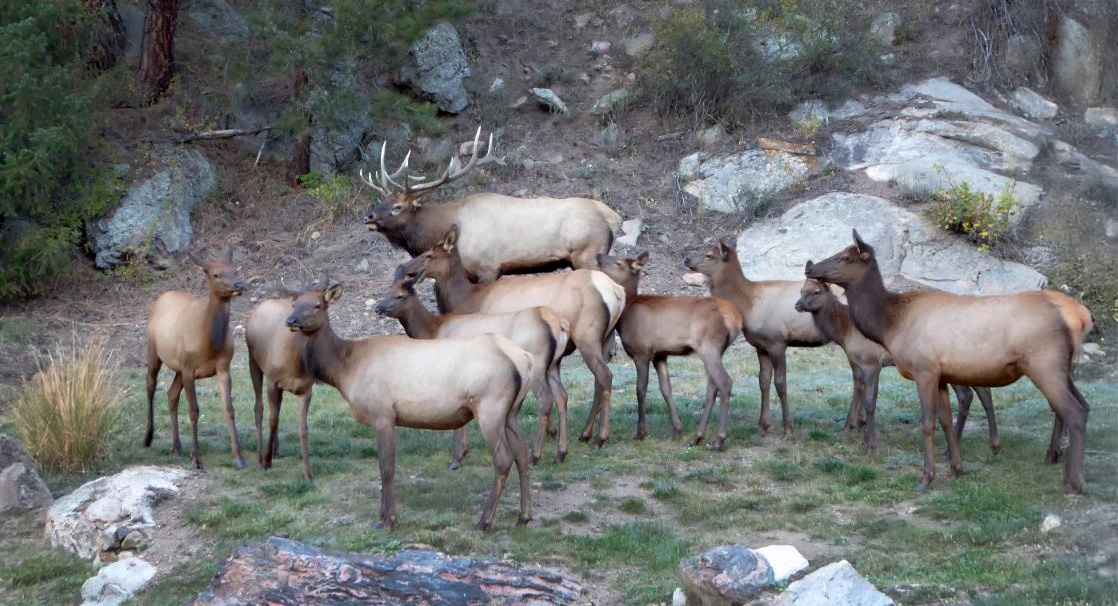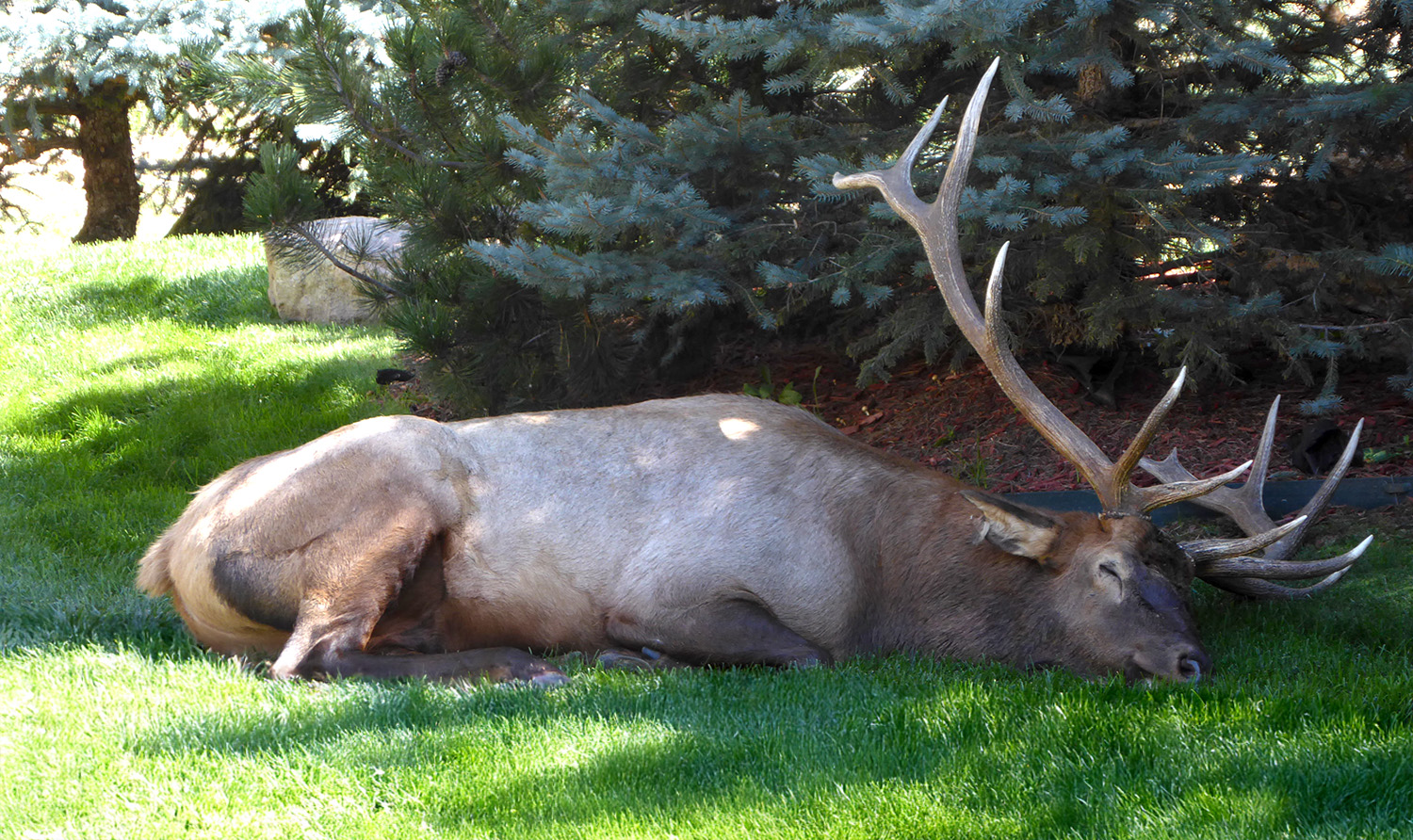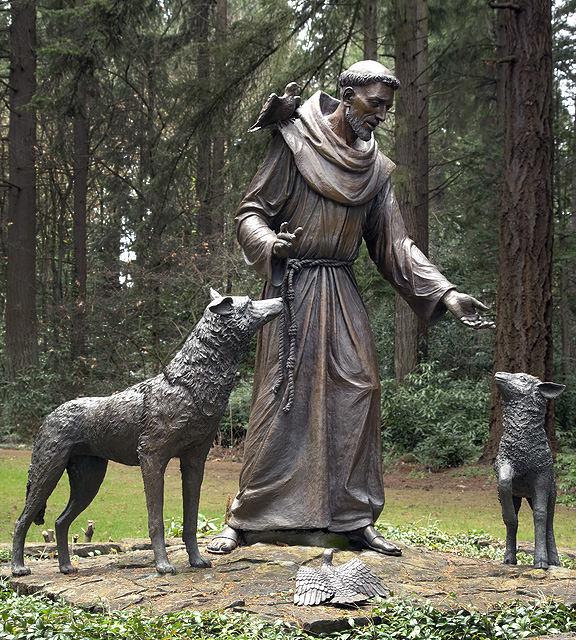One day Carl Safina, an internationally celebrated conservationist and ecologist, came across a bedraggled baby owl near death, its feathers matted with fly eggs. He named the owlet Alfie and tenderly nursed it back to life. Over the next few years he kept a record of his efforts to help the young screech owl learn to fly, hunt, find a mate, and raise a family of offspring. The resulting book, Alfie and Me, strays into science, religion, and Greek and Indigenous philosophy, yet always returns to the day-to-day scenes of a human helping a dependent animal survive.
First, Safina had to introduce the owl into the menagerie at his Long Island home: three dogs, four hens, two parrots, and a king snake. The dogs, ever curious, needed special attention. He held the newcomer in his lap and let the dogs sniff and lick Alfie while feeding the dogs tasty treats. The dogs learned fast, and a firm “No!” kept them from nipping the baby owl. Safina comments, “With their fierce devotion, their proclivity to protect what they loved, their in-the-present joy, and their capacity for forgiveness, they were our exemplars for how to be the kind of humans we wanted to become.”
Owls are uniquely equipped for an active nocturnal life. They have asymmetrical ear openings, with one ear tilted and set higher than the other. Able to detect the subtle time difference as sound reaches each ear, they can thus pinpoint the source of a sound with amazing accuracy. Large eyes allow them to see with a tenth of the light that we humans would require. Although their eyes don’t move, they don’t need to: specialized vertebrae and blood vessels let owls rotate their heads up to 270 degrees without cutting off circulation to the neck and head.
Such specialization, plus layers of soft, sound-baffling feathers make owls ideal predators. An adult owl can locate and pounce on a mouse noiselessly in a dark barn. Farmers love owls, because one can eat 1,000 mice a year. Safina kept a steady supply of mice in his freezer, defrosting them in a microwave oven at feeding time. He became accustomed to Alfie silently lighting on his shoulder for a morsel or an affectionate head scratch.
In the summer, Safina often slept outdoors under a mosquito net. Covered in dew, he would awake at 4 a.m. in time to see nocturnal animals scurrying to their dens and nests. He lay still, listening to woodpecker thrums and the morning songbird chorus and watching squirrels begin their high-wire acts before he headed to a nearby bay for a kayak excursion among gulls and creatures of the sea.
Reading Safina’s account, I wondered what might happen if human interactions with animals weren’t so defined by hostility and fear. Close encounters with whales are much more frequent now that we’re not slaughtering them by the thousands. YouTube clips show African lions and elephants running to greet the humans who adopted them as orphans and helped raise them. Visitors to the Galapagos Islands return with tales of “tamed” boobies and turtles, as curious about us as we are about them.
Language itself reflects our gradual distancing from the natural world. Safina reports that editors of the Oxford Junior Dictionary regularly delete words that are not spoken enough. Heron, leopard, and oyster have been replaced by words like bandwidth and chatroom.
Alfie and Me cites a statistic from the National Academy of Sciences that brought me up short. “A few centuries ago, virtually all birds, mammals, and fishes were free-living beings in wild places. Now, humans, cows, pigs, and other domesticates make up 96 percent of all living mammals on Earth. Wild animals, only 4 percent.” In a broader census of species, the World Wildlife Fund estimates that from 1970-2020, wild animals declined globally by 69 percent. The bird population in North America alone has decreased by three billion during my lifetime.
I thought back to my move from downtown Chicago, where the only mammals I encountered were rats, squirrels, dogs on a leash, and my neighbors. In my new home in Colorado, I hung a bird feeder that soon supported an entire ecosystem. The messy birds dropped sunflower seeds on the ground, and word spread quickly in the animal kingdom. We got regular visits from mice, chipmunks, a packrat, squirrels, a ferret, three kinds of foxes, coyotes, a porcupine, skunks, marmots, bobcats, elk, and deer. Every so often a black bear would amble by to scoop up any uneaten seeds—or, more likely, knock the bird feeder to the ground.

Nature can be cruel, of course. With three exceptions (porcupine, skunk, bear) all the animals ate rapidly, glancing around in search of their predators. But I found it calming and somehow right to begin my day with reminders that I share the planet with beautiful creatures, each of which have adaptations to their environment as impressive as the owl’s. With some regret I would descend to my basement office and flick on the computer with its daily litany of cranky emails and reports of school shootings, lawsuits, and wars perpetrated by the human species.
In the book Prayer: Does It Make Any Difference, I tell of participating in a silent retreat led by the author Brennan Manning. Every attendee met individually for an hour each day with Brennan, who would give us assignments for meditation and spiritual work. Otherwise, we were free to spend our time as we wished, with one requirement: two hours of prayer per day.
I doubt I had ever devoted more than thirty minutes to prayer at any one session. On the first day I wandered to the edge of a meadow and sat down with my back against a tree trunk. I had brought along Brennan’s assignment for the day and a notebook in which to enter my thoughts. How long will I stay awake? I wondered.
To my great fortune, a herd of 147 elk (I had plenty of time to count them) wandered into the very field where I was sitting. To see one elk is exciting; to watch 147 elk in their natural habitat is enthralling. Yet, as I discovered, to watch 147 elk for two hours is, to put it mildly, boring. They lowered their heads and chewed grass. They raised their heads in unison and looked at a raspy crow. They lowered their heads again and chewed grass. For two hours nothing else happened. No mountain lions attacked, no bulls charged each other and locked antlers. All the elk bent over and chewed grass.

After a while the very placidity of the scene began to affect me. The elk had not noticed my presence and I simply became a part of their environment, taking on their own rhythms. I no longer thought about the work I had left at home, the deadlines facing me, the reading that Brennan had assigned. My body relaxed, and in the leaden silence my mind fell quiet.
“The quieter the mind,” said the German mystic Meister Eckhart, “the more powerful, the worthier, the deeper, the more telling and more perfect the prayer is.” An elk does not have to work to achieve a quiet mind; it seems perfectly content standing in a field all day with its fellow elk, chewing grass. A lover does not have to work toward attending to the beloved. I prayed for, and in fleeting moments received, a state of absorbed attention to God.
Although I said few words during my two-hour prayer time that day, I learned an important lesson. The book of Job and the Psalms make clear that God finds pleasure not only in human companions but also in the manifold creatures on this planet. A scene from nature that stands out as a highlight for me, God “sees” every day. I had gained a glimpse of my place in the universe, and God’s.









Leave a Comment